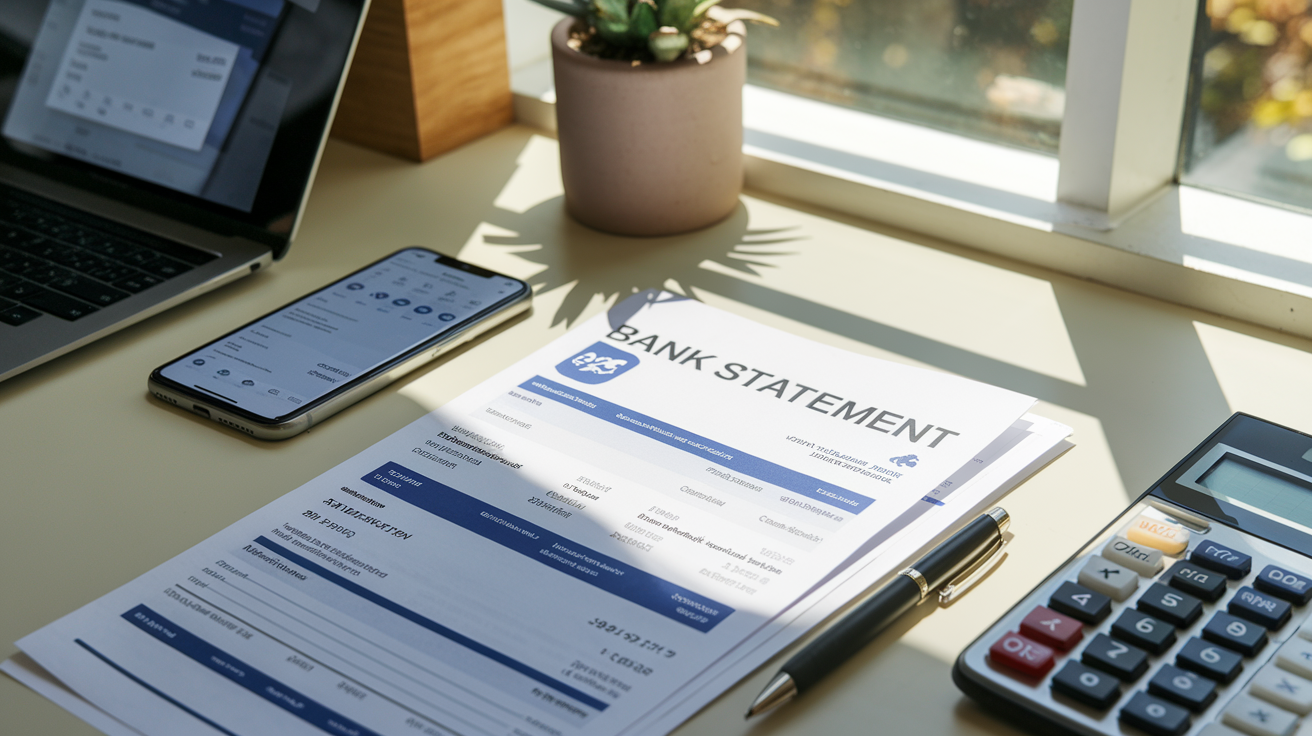High utility bills can turn anyone's budget upside down. If you're facing this challenge, know that there are solutions. I promise, applying for hardship funds is not as daunting as it seems. Our blog post will provide you with a clear, simple path to follow. Get the inside scoop on preparation, pitfalls to avoid, and essential steps to ensure your application succeeds. Many households struggle with high utility bills, often finding it challenging to keep up with the rising costs of electricity, gas, and water. These expenses can quickly become overwhelming, especially for those on tight budgets or facing unexpected financial hardships. Fortunately, there are resources available to help alleviate this burden, including hardship funds specifically designed to assist with utility bill payments.
Understanding Hardship Funds
Hardship funds are financial assistance programs set up by various organizations, including utility companies, government agencies, and non-profit organizations. These funds aim to provide temporary relief to individuals and families struggling to pay their utility bills due to financial difficulties.
The primary purpose of hardship funds in utility bill assistance is to prevent service disconnections and ensure that households maintain access to essential utilities. These funds can cover a portion or sometimes the entirety of outstanding utility bills, depending on the specific program and the applicant’s circumstances.
Eligibility Criteria
To qualify for utility bill assistance through hardship funds, applicants typically need to meet certain eligibility criteria. While these may vary depending on the specific program, some general requirements often include:
- Income level: Most programs have income thresholds based on household size and local cost of living.
- Proof of financial hardship: Applicants may need to demonstrate a recent loss of income, unexpected medical expenses, or other financial difficulties.
- Residency: Many programs require applicants to be residents of the area they serve.
- Account status: Some programs may require the utility account to be in the applicant’s name and currently active.
Factors that may enhance approval odds include:
- Presence of vulnerable household members (e.g., seniors, young children, or individuals with disabilities)
- Recent job loss or reduction in work hours
- Medical emergencies or ongoing health issues
- Participation in other assistance programs (e.g., SNAP, TANF)
How to Apply for Assistance
Step 1: Identifying the Right Program
Research local utility assistance programs in your area. This may include contacting your utility provider, local government offices, or community organizations for information on available resources.
Step 2: Gathering Necessary Documents

Collect all required documentation, which typically includes:
- Proof of identity (e.g., driver’s license, state ID)
- Proof of residency (e.g., utility bill, lease agreement)
- Income verification (e.g., pay stubs, tax returns)
- Utility bill or disconnection notice
- Documentation of financial hardship (if applicable)
Step 3: Completing the Application Form
Fill out the application form carefully, providing accurate and complete information. Be prepared to explain your financial situation and why you need assistance.
Step 4: Submitting the Application
Submit your completed application along with all required documents to the appropriate agency or organization. Follow up to ensure your application has been received and to check on its status.
Local Government Programs
Many local governments offer utility assistance programs to help residents manage their utility bills. These programs may include:
- Low-Income Home Energy Assistance Program (LIHEAP)
- Weatherization Assistance Program
- Local emergency assistance funds
To find local resources and offices:
- Contact your city or county’s social services department
- Visit your local community action agency
- Call 211 for information on local assistance programs
Non-Profit and Charity Organizations

Several non-profit and charitable organizations provide utility bill assistance to those in need. Some prominent organizations include:
- The Salvation Army
- Catholic Charities
- United Way
- Local churches and religious organizations
These organizations typically process aid by:
- Reviewing applications and assessing need
- Verifying eligibility and documentation
- Determining the amount of assistance to be provided
- Coordinating directly with utility companies to apply payments
Utility Company Programs
Many utility companies offer their own relief options for customers facing financial hardships. These may include:
- Budget billing plans to spread costs evenly throughout the year
- Payment extensions or deferment options
- Reduced rates for low-income customers
- Energy efficiency programs to help reduce consumption
To negotiate with providers for better payment plans:
- Contact your utility company’s customer service department
- Explain your financial situation honestly
- Ask about available assistance programs or payment options
- Be prepared to provide documentation of your hardship if required
Additional Tips
Managing Utility Consumption
Reducing your utility consumption can help lower your bills. Some strategies include:
- Using energy-efficient appliances and light bulbs
- Improving home insulation
- Adjusting thermostat settings
- Fixing leaky faucets and pipes
- Taking shorter showers and using cold water for laundry
Tools and Methods to Monitor and Reduce Bills

- Smart meters to track real-time energy usage
- Energy audit apps to identify areas of high consumption
- Programmable thermostats to optimize heating and cooling
- Low-flow water fixtures to reduce water usage
Conclusion
Utility bill assistance is available through various channels, including hardship funds, local government programs, non-profit organizations, and utility company initiatives. By understanding these options and taking proactive steps to manage utility consumption, households can find relief from the burden of high utility bills. Don’t hesitate to reach out to these resources if you’re struggling – they exist to help those in need maintain access to essential utilities.



